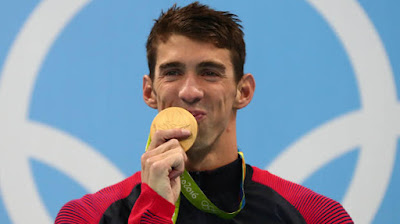A Moral, Cunning, Ruthless and
Instructive, this piercing work distils three thousand years of the history of
power into Forty Eight well explicated Laws. As attention grabbing in its
design as it is in its content, this bold volume outlines the laws of power in
their unvarnished essence, synthesizing the philosophies of Machiavelli,
Sun-Tzu, Carl Von Clausewitz, and other great thinkers.
Some Laws require prudence (“Law 1:
Never Outshine the Master”), some stealth (“Law 3: Conceal your Intentions”),
and some the total absence of Mercy (“Law 15: Crush Your Enemy Totally”), but
like it or not, all have applications in real-life situations. Illustrated
through the tactics of Queen Elizabeth I, Henry Kissenger, P T Barnum, and
other famous figures who have wielded – or been victimized by – Power, these
Laws will fascinate any reader interested in gaining, observing or defending
against ultimate control.
The book takes each “Law” in turn
and gives historical examples of those who follow the Law and fall to follow
the Law. One will quickly see that the Laws of Power aren’t really Laws – they’re
more like principles that will help in the art of gaining and exercising Power.
Robert Greene uses the examples of Tesla and Edison to illustrate the several of
the Laws. Tesla was the better inventor, but we’ve heard of Edison because Edison
understood Power.
However, I do not agree with all of
its ideas. This book contains examples of History from Sparta and Persia war,
Chinese warriors, Scientists and Europe History. It does a brilliant job of
explaining the logic and mindset of people who play such games to get power. If
one want to understand why people play these games, this is a book well worth
reading. It is interestingly written as well, with a lot of somewhat biased
historical anecdotes to support each of the points.
My Belief is that real power comes
from earning respect, and this is just a list of shortcuts that will easily
fall apart under scrutiny. This book is useful for no other than it clues one
in to how people tend to think; particularly those that are overly power
hungry. For that reason alone, if one work in a competitive office environment,
this book is worth reading just to understand the logic behind some of these
games. Of course, playing these games yourself is highly likely to get one labeled
as the office scumbag, so tread lightly on this stuff – use it to understand
the behavior of others, not to try to gain power yourself.








